
How to Spend half a day in Tbilisi
A city where the West meets the East. It is often described as - an eclectic, bohemian place full of life and energy. Tbilisi is becoming more and more popular each year and you will often find it at the top of the list of travel destinations. If you travel there at least once, you will want to come back again because Tbilisi has a unique characteristic.
The capital of Georgia is one of the oldest cities; the traces of life here date back to the 4th millennium. The name comes from the word "Tbili" (literally warm, old Georgian word tpili). Perhaps you remember the legend related to the founding of the city, let us recall it again: according to the legend, the territory of Tbilisi was covered with forest; the sparrow-hawk of Vakhtang Gorgasali attacked a pheasant while hunting. The birds fell in a hot spring and got scalded. Due to the healing properties of the hot water and the favorable location of the place, the king cut down the forest and built the city. "Tbilisi" - "Tbili" (warm) was called a city because of its mineral springs. Later, sulfur baths were built on this site. The successor of Vakhtang Gorgsali, Dachi, declared Tbilisi as the capital of the Kingdom of Kartli according to the will.
Tbilisi is stretched on both sides of the river Mtkvari and one side, the 4th-century Narikala fortress is looking down on it, and on the other side - Mtatsminda. The capital of Georgia and the heart of the Caucasus region is famous for many things (due to its favorable geographical location, Tbilisi has become one of the important centers of the Middle East. Important trade routes to the Eastern Caucasus and south Asia passed through here). In addition to Georgian cuisine and hospitality, you will also enjoy attractions in Tbilisi: A mix of Eastern and Western architecture, hidden underground bars, cafes, Soviet-era factories that became hipster meeting places, vintage, conceptual shops, modern museums, and a famous techno scene - you may remember the article on Forbes, where Tbilisi was described as a most exciting spot in Europe?
Indeed, half a day is not enough to discover Tbilisi, but you will feel its "mood and heartbeat".
So let’s start: What to see in half a day?
Old Tbilisi
You should start the trip from old Tbilisi. It includes the following districts: Abanotubani - Kharpukhi (or Tpilisi, later Seidabadi), Kala, Isani, Avlabari, Sololaki, Mtatsminda, Vere, Ortachala, Chugureti, Didube, Nadzaladevi. The sights are mostly in this area and you will explore well when wandering. Old narrow streets of Sololaki, wooden carved houses, colorful wooden balconies with ornaments of eastern architecture make old Tbilisi special. When passing through Abanotubani, you can still get the famous sulfur baths (most of the baths that remained today were created in the XVII-XVIII centuries under the influence of Iranian architecture). Baths are known for their healing properties. The name Abanotubani is associated with the ancient baths built on naturally hot mineral waters. Chreli Abano with the Persian style facade should be specially noted.
Cultural diversity is highest in old Tbilisi and the fact that Tbilisi was the center of the Silk Road is proved here too. Here, almost side by side, you will meet the Orthodox and Armenian churches, synagogues, mosques, and the world's oldest Zoroastrian temple. The last one dates back to the VI-VII centuries and is an example of Zoroastrian domination in Tbilisi under the influence of Iran.
In addition to cultural heritage, you can also get acquainted with modern culture in the old part of Tbilisi. Here, on the old narrow Betlemi street, there is a new "Museum of Illusions". it was founded in 2019 and is a social, as well as entertainment space for traveling in the world of illusions.
From here, after crossing Leselidze Street, on Sioni Street, you can visit Sioni Cathedral, with a large yard, where you will always find sleeping street cats. Tbilisi Sioni Cathedral - a monument of Georgian architecture, is a cross-domed church and dates back to the era of Vakhtang Gorgasali. A miraculous stone brought from Jerusalem by St. David Garejeli is kept here.
From Sioni Cathedral, you can continue the route to Anchiskhati Basilica on Shavteli Street. Anchiskhati Church is a three-nave basilica and dates back to the VI century. The name is associated with the miraculous icon of the Savior brought from the Ancha Monastery in southern Georgia in 1664.
Do not forget to see Rezo Gabriadze's clock tower, though it will not remain unnoticed. On Shavteli Street, in front of the clock tower, you will always see a group of tourists and locals. The clock was created in 2010 by Georgian artist Rezo Gabriadze and attached to the old tower of old Tbilisi.
Rustaveli Avenue and Freedom Square
Shota Rustaveli Avenue starts from Freedom Square and is referred to as the city center. On Tbilisi plan compiled in 1735 by Prince Vakhushti Dighomi highway passed through the line of today's avenue. The avenue was named in 1936 in honor of the Georgian poet - Shota Rustaveli. The feudal Tbilisi of the late Middle Ages was divided into 4 parts in the XVII-XVIII centuries. One of them was 'Garetubani'. The populated area, "Garetubani" was located between Rustaveli Avenue, Freedom Square, Orbeliani Square, and G. Chanturia Street.
Rustaveli Avenue is full of cultural places, business centers, malls, shops, and restaurants. You will pass Tbilisi Opera and Ballet State Theatre. It was founded in 1851 and is one of the sights of the city, combining both opera and ballet performances from all around the world as well as national events and it is distinguished with an impressive interior.
Before choosing one of the museums, you should visit the restaurant "Salobie Bia", rich in Georgian dishes. The concept of "Salobie Bia" is to offer dishes prepared from beans to both Georgian and foreign guests. The restaurant is located on Rustaveli Avenue, next to the building of Rustaveli Theater. You can taste here quite budget traditional dishes: beans in a pot, eggplant with nuts, pickles, mchadi, mushroom, salad with tomato and jonjoli, shkmeruli (chicken with garlic sauce), and more.
If you want to taste the dishes in the open air, Sofia Melnikova’s Fantastic Douqan is the perfect place for that, especially for tasting khinkali. The cafe-restaurant in the backyard of the Museum of Literature has a bohemian, comfortable, and pleasant atmosphere. Vine above the tables, and 10 sculptures of Georgian writers in the yard, create an interesting environment. In addition to Khinkali, we recommend tasting homemade lemonade, pkhali, shkmeruli, and sulguni balls with gebzhalia sauce.
As for museums, you can make a choice based on your interests, for example, the Simon Janashia Museum of Georgia on Rustaveli Avenue. You can also visit, the National Museum of Art on Pushkin Square, where the most important embossed artworks and paintings are preserved. Maybe you are more fascinated by contemporary art. In this case, we recommend you to visit the Zurab Tsereteli Museum of Modern Art also on Rustaveli Avenue. The door of the Museum of Fine Arts is also open for you, which preserves artworks of 78 Georgian artists from 1940 to the present day. Visit the Blue Gallery, the same as National Gallery, which was built between 1888-1892. It is one of the main exhibition spaces for exhibiting contemporary art. The gallery space is suitable for both permanent and temporary exhibitions. The gallery is designed like an exhibition house built in Rome.
Mshrali Khidi (Dry Bridge)
A historical and cultural crossroad - Mshrali Khidi is one of the most well-known and must-see places, located at the top of Dedaena Park. By the way, after you finish shopping here, you can spend some time in Dedaena Park, the reconstruction of which has just been ended. Dedaena Park is a gathering place for young people and has gained particular popularity since the pandemic period. There are two famous bars in the park, a bar club with the same name with delicious dishes and a "Bauhaus" bar. Now, let's get back to the Mshrali Khidi: The Mshrali Khidi market is held every day from morning to evening. Here is a famous flea market where antiques, treasures, Soviet pottery, medals, and lots of vinyl are sold. Here you will find everything from Soviet-era home decor to ribbon cameras, handmade jewelry, old lighters, Georgian daggers, and personal memorabilia. You can get to the Dry Bridge directly from Rustaveli Avenue by crossing 9 April street and Aleksandrovi Park.
New Agmashenebeli and Fabrika
David Agmashenebeli Avenue is an old, interesting, and diverse avenue. It is distinguished by the architecture of the XIX-XX centuries and is one of the most visited places for tourists. Within the framework of the Tbilisi City Hall project "New Tbilisi", a complete rehabilitation was carried out on David Agmashenebeli Avenue, from Marjanishvili Square to Saarbrücken Square. The most important news is making the footpath, which is greatly lacking in the city. In the pedestrian zone, decorative flowers were replaced with permanent plants, and various restaurants and souvenir shops were opened. David Agmashenebeli Avenue in Tbilisi has become a well-maintained area since the 1940s.
When you pass the restored Agmashenebeli avenue, on the way to the Fabrika, drop in the Georgian restaurant "Shavi Lomi" (Black Lion). You will not regret visiting a place with a beautiful interior and delicacies. We promise you to spend a memorable time under the sky, in a comfortable and pleasant environment. One of the favorite restaurants for the locals has become an authentic and cozy location for tourists too with a menu consisting of Georgian traditional and modern dishes.
Finally, Fabrika - a well-known place for Tbilisians and tourists. The Soviet-era women's clothing factory now combines a hotel, bars, cafes, a common workspace, an event center, and a handmade pottery shop. Fabrika is a "creative mecca" for young Tbilisians. Yes, here you can find anything, that is why the place has become a major landmark for spending Tbilisian evenings. After seeing various sights, you can complete a short voyage here, with Georgian wine, draught beer, or locally made lemonade, with friends or new acquaintances.
Zipline on Turtle Lake
Are you a fan of extreme sports, do you love getting an adrenaline rush and maximum pleasure in a short time? You can choose from the above places, for example, visit Rustaveli Avenue so that you can ascend Turtle Lake and move to Vake Park on a zipline. You can ride the longest zipline in Georgia - 1200 m long, 236 m in height. It is available to anyone, every day from 11:00 to 21:00. It should be noted that the number of ziplines in Georgia is growing day by day and the sport is actively improving. Currently, 18 active ziplines are in Georgia.
Login
Similar articles


The 5 Most Beautiful Churches You Can’t Skip in Tbilisi, Georgia


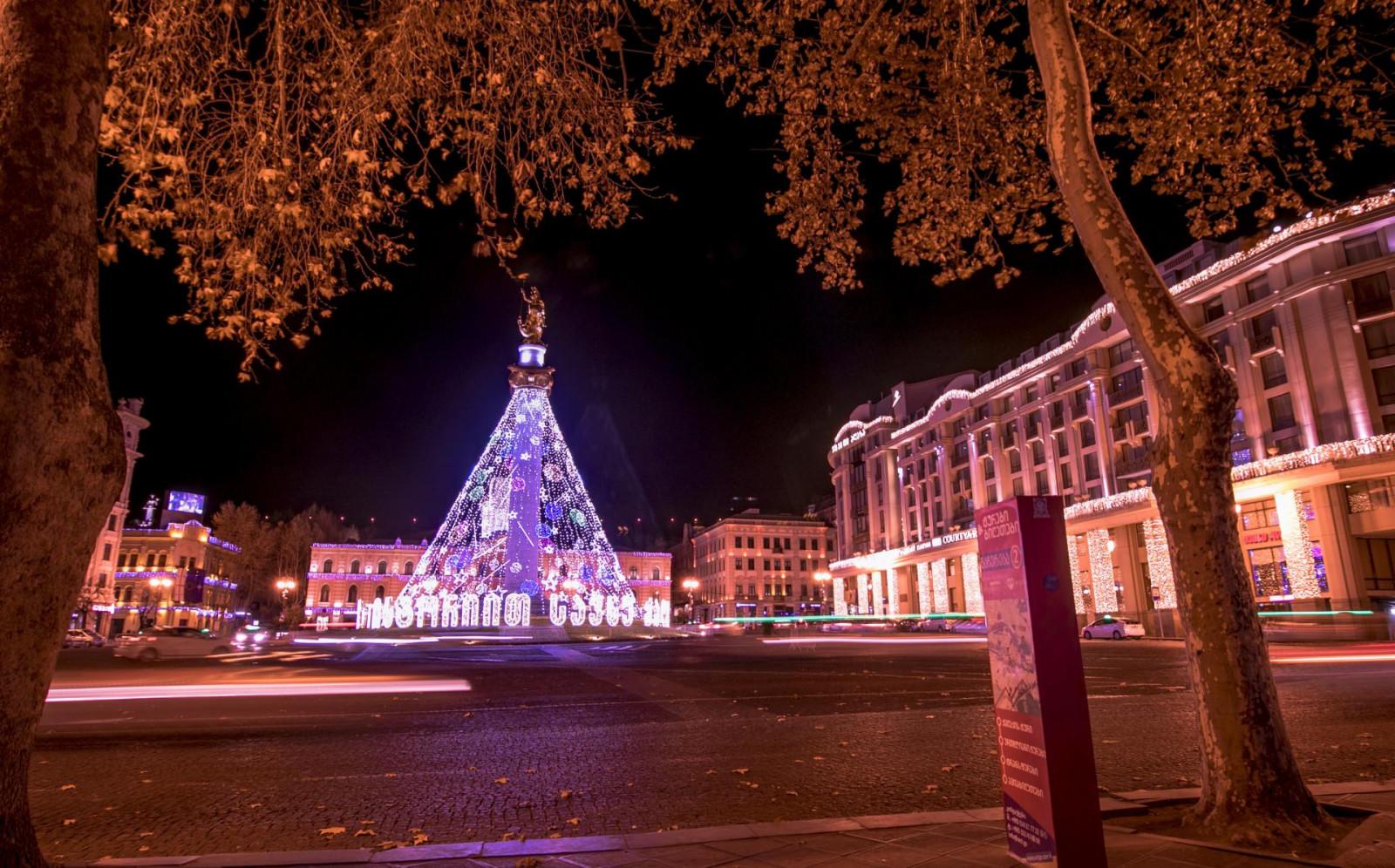
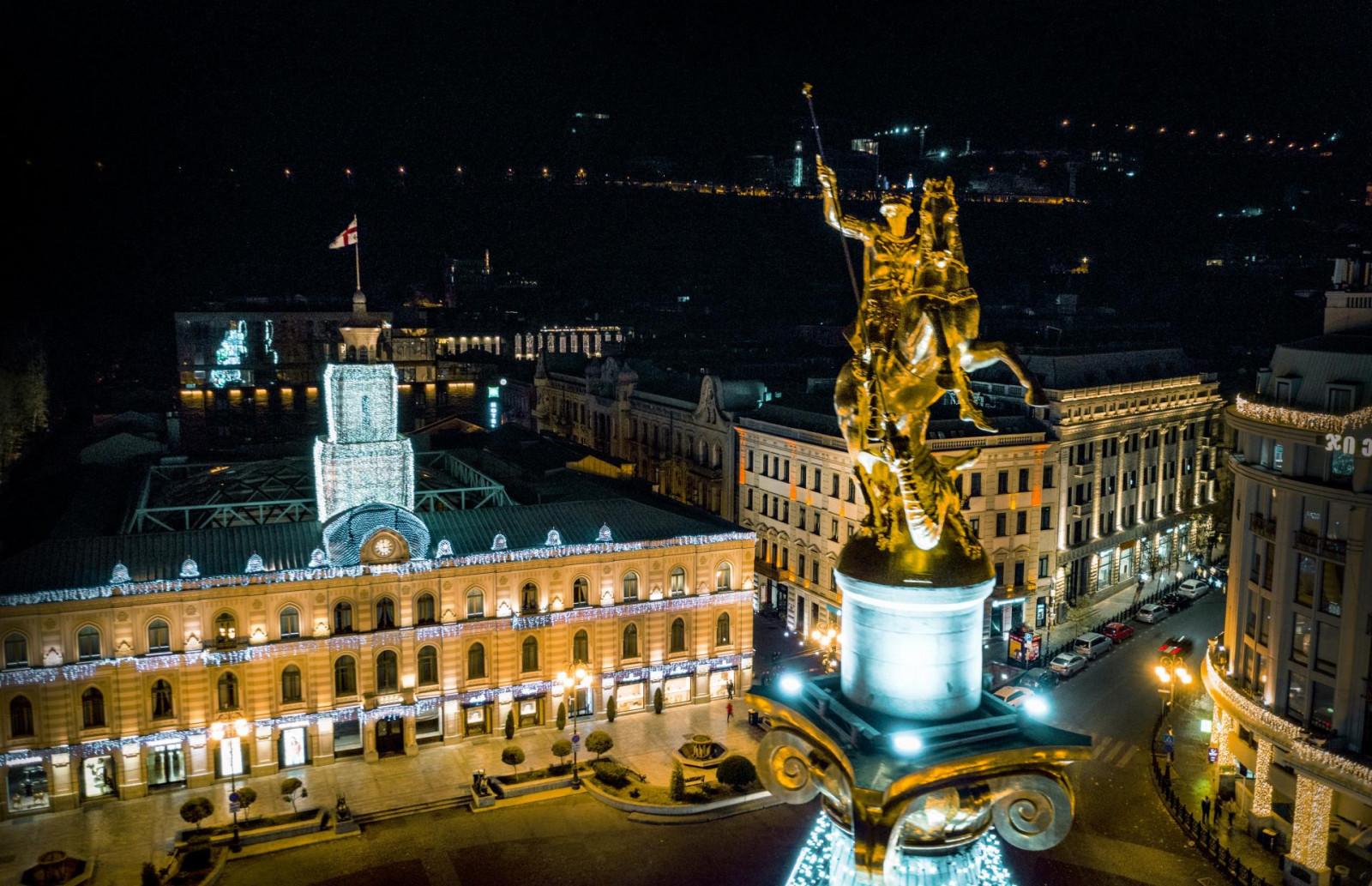
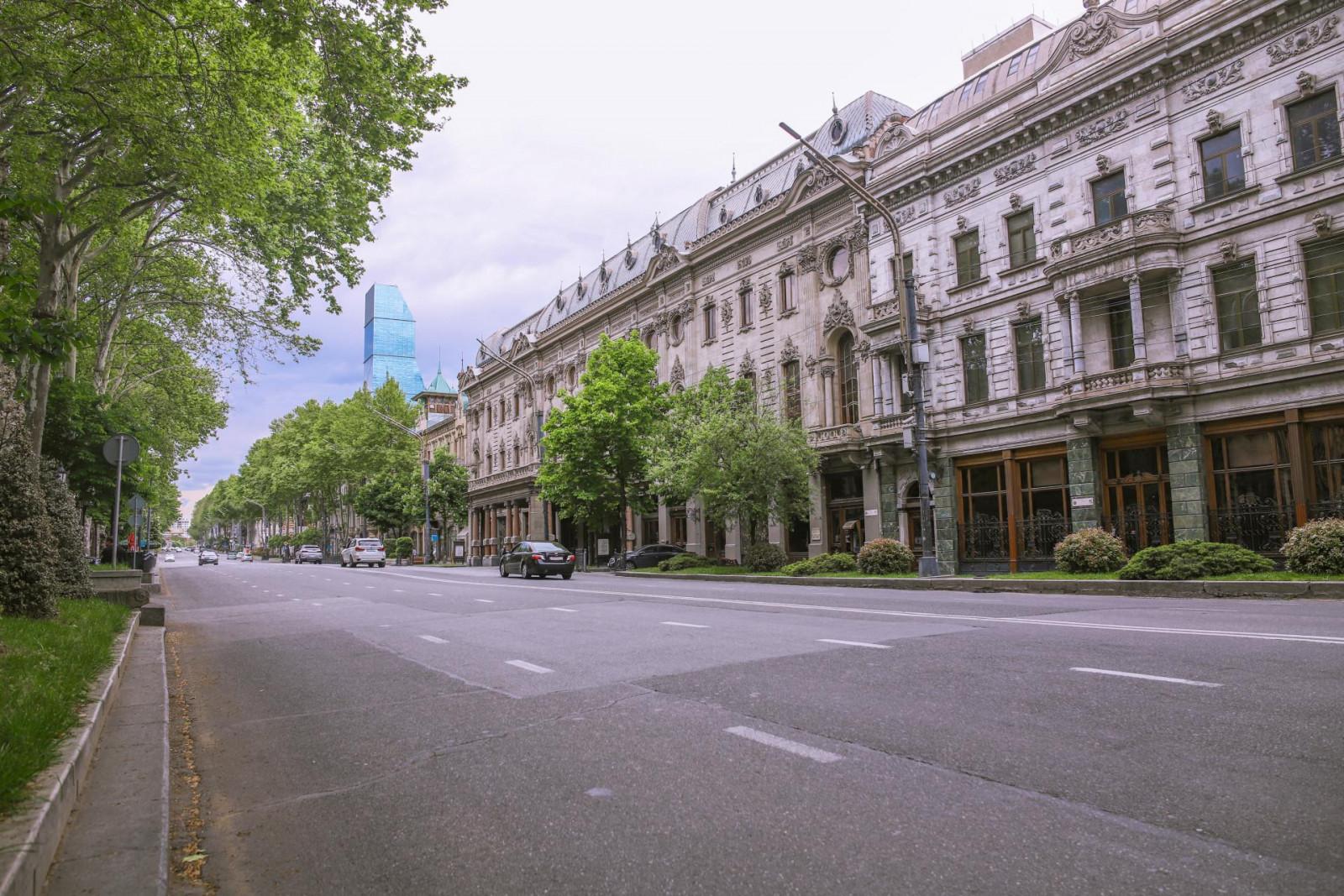
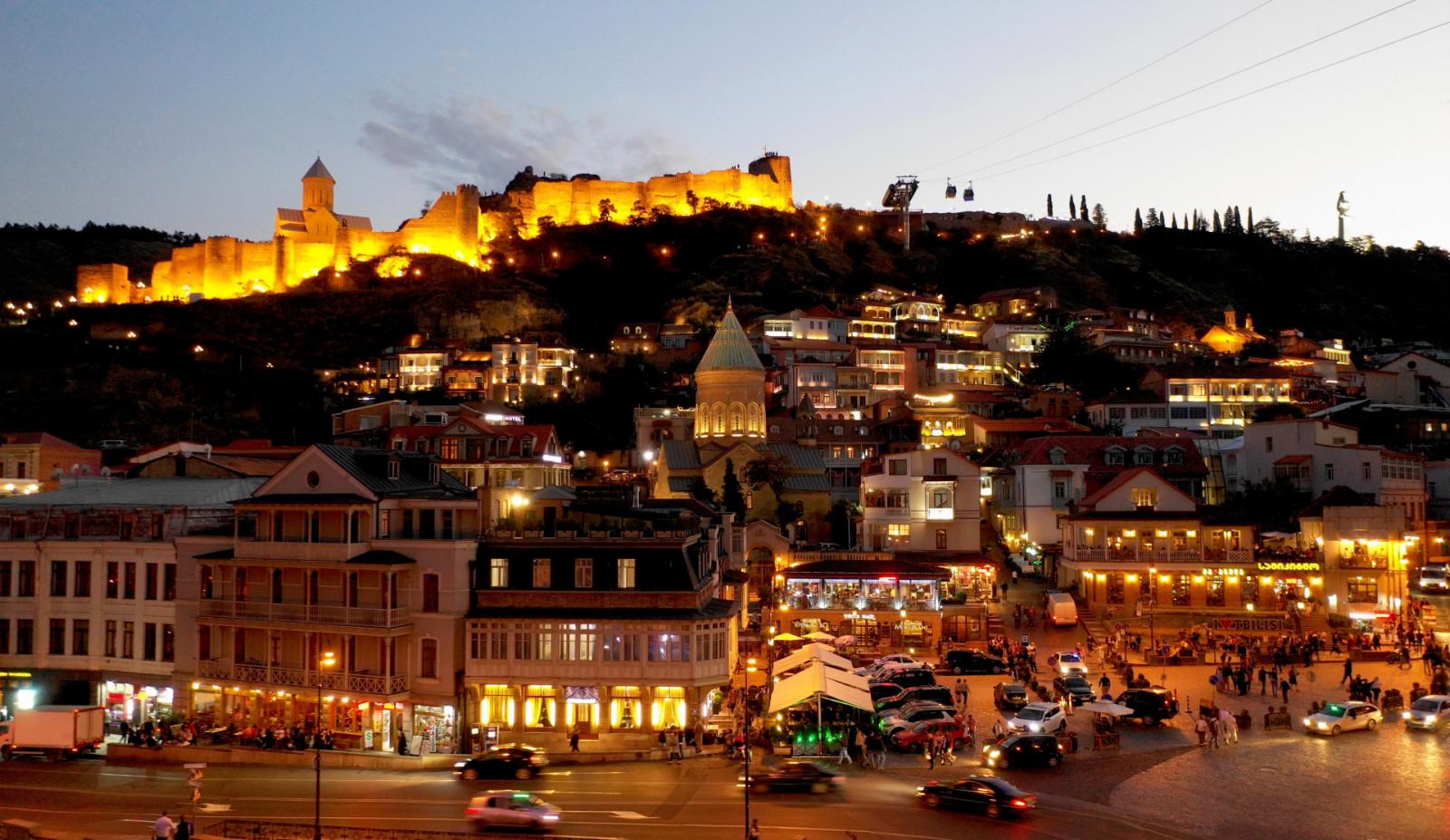
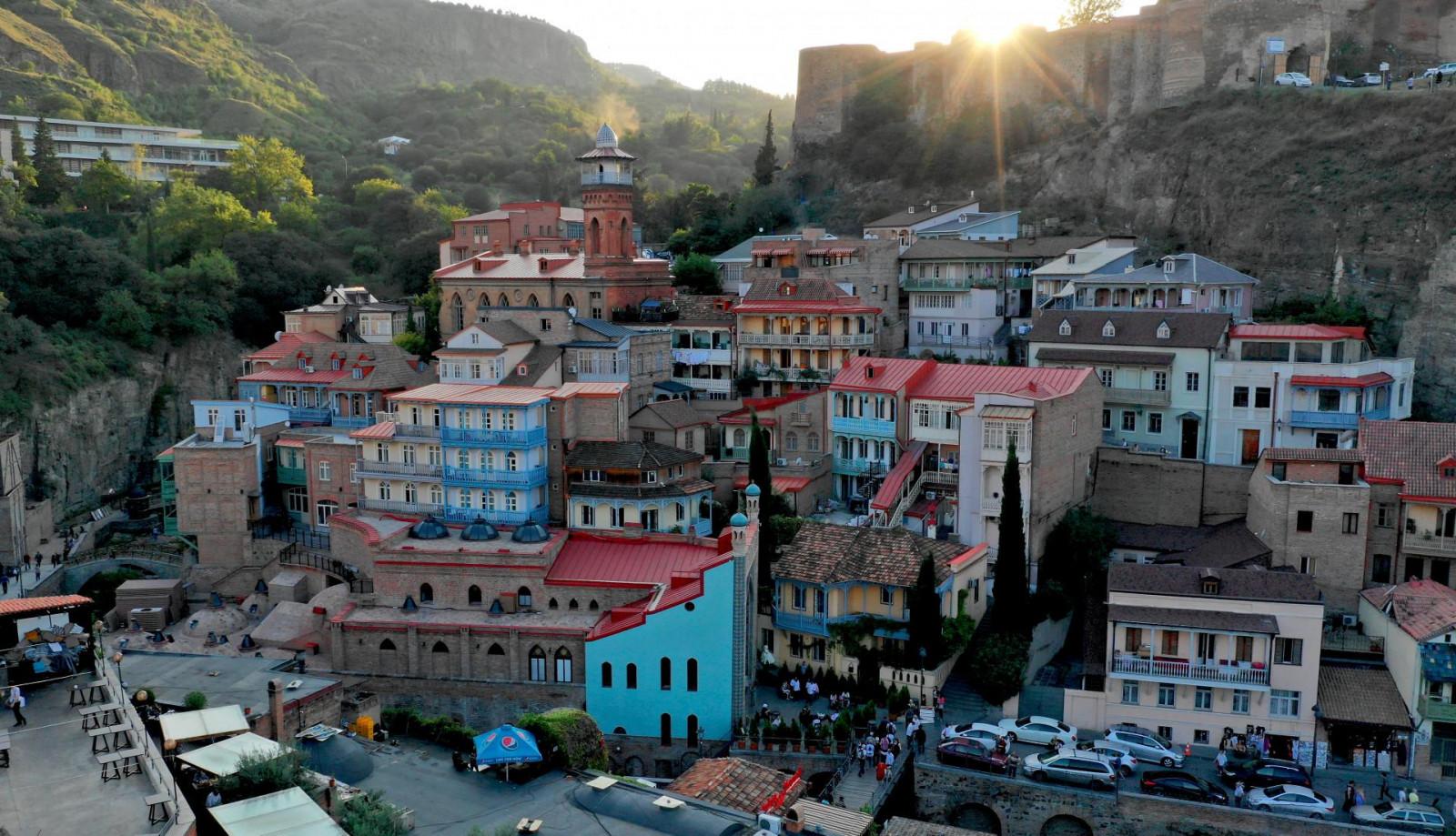


Please login to add a comment
Write a comment